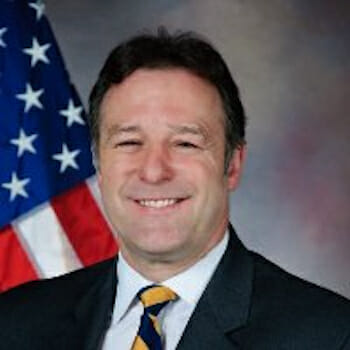
Revisiting the Use of Drones in Yemen
December 5th, 2013 was one of the most tragic days in Yemen’s recent history. On that day, Al Qaeda in the Arabian Peninsula (AQAP) launched synchronized car bomb attacks and a deadly assault deep into the soft underbelly of Yemen’s Ministry of Defense. At a hospital located at the Ministry of Defense, 63 were killed and many more were maimed. The gruesome events captured on hospital internal security cameras were displayed on national television and then went viral on Facebook. No one was spared including doctors, nurses, the old, the young and even the infirm; one helpless elderly female patient in a coma was also butchered in her hospital bed.
On December 6th, AQAP claimed responsibility for the hospital attack via Twitter but asserted they did it to strike at American drone activities that target their leaders and operatives. AQAP claimed they attacked the drone operation rooms which they consider a legitimate target. AQAP has attacked the Yemeni military continually including suicide attacks in Shabwa, Mukallah, Hadramout and Abyan Provinces.
On December 12th, the United States struck what was believed to be an “AQAP convoy” in central Yemen with a drone.
Thirteen were killed. Some reports have suggested that the convoy was a wedding party. Ten people were instantly killed, 5 died later and 5 were injured. Details are still unclear but some media outlets have reported that there were AQAP militants traveling with the group.
Maybe the drone strike was in retaliation for the hospital attack? Possibly it helps counter AQAP’s recurring narrative about the U.S. drone debate? Whatever message is intended by the continued air assault by U.S. drones, the fact is that Yemen’s President and the Obama administration clearly wish to keep AQAP at the center of these drone attacks. There have been about eighty drone strikes since 2002 and these strikes have killed roughly 400 Al Qaeda members. In 2011, radical Muslim cleric, Anwar al-Awlaki, was killed in a drone strike. Figures suggest about 100 civilians have been killed, although that number fluctuates widely depending on the source.
AQAP issues apology for #Yemen hospital deaths, admit it was one of their fighters. “We accept full responsibility” http://t.co/zmYkoa1pWc
— Iyad El-Baghdadi (@iyad_elbaghdadi) December 21, 2013
In other developments: on December 15th, Yemen’s Parliament called for an end to drone strikes, then two weeks later on December 27th a U.S. drone was launched against suspected militants in Shabam, Hadhramout. To explain why the attack occurred despite the Yemeni Parliamentary statement, we should recall that the CIA had requested permission from President Obama in April 2012 to extend its covert drone attacks in Yemen and widen the attack aperture “even if it does not know the identities of those who could be killed.” Permission was granted. The CIA can attack patterns of suspicious behavior, like groups assembling, etc. Maybe a change of policy is now needed?
President Hadi faces a real challenge in 2014. If he presses to stop drone attacks he knows he will be giving into AQAP demands and may also weaken his country’s ability to adequately confront the militants who are seeking his downfall, and in the process, turn Yemen into another safe haven similar to Afghanistan, pre-2001.
Yemen’s military alone cannot defeat AQAP and it needs the support of the United States. President Hadi is also managing the next steps of the troublesome National Dialogue Conference which appears to be making progress and emerges as a workable federal structure. Spoilers will use the drone issue as leverage to threaten the progress with the GCC initiative and mechanism for Yemen’s future. All could come undone.
Maybe it is time to review U.S. policy for the use of drones and limit their use to pre-April 2012 levels. Possibly, the width of the aperture could be adjusted to reduce the risk of collateral damage and/or drones could also specifically be used to target militants who cut electricity lines and blow up oil pipelines which would help support the Yemeni government provide essential services. Whatever the case, the central discussion is that for Yemen the continued unfettered use of drones is clearly undermining their utility. The healthy debate will drone on!

